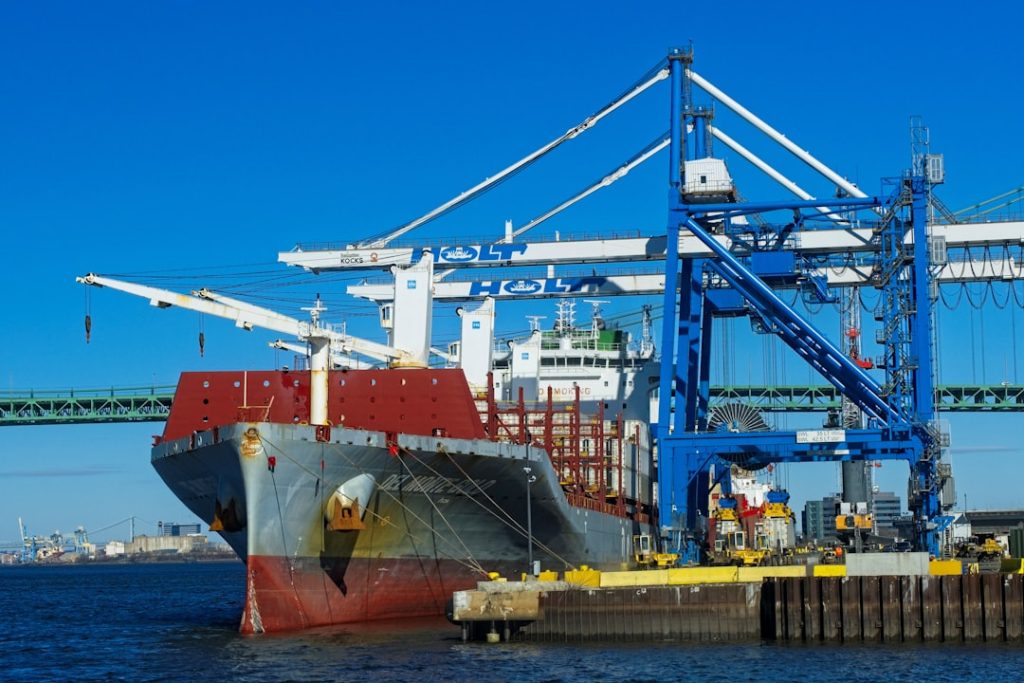In today’s rapidly evolving business environment, companies face mounting pressure to gain a competitive edge. To achieve sustained growth and expand into new customer bases or geographic areas, businesses often need to explore alternative avenues beyond just promoting their products or services. Two of the most commonly employed approaches are Market Development Assistance (MDA) and Traditional Marketing. Although both aim at business growth, they have significant differences in methods, execution, and overall objectives. Understanding these differences is crucial for organizations looking to choose the strategy that best fits their long-term goals.
What Is Market Development Assistance?
Market Development Assistance refers to a range of programs, often backed by governments, trade organizations, or economic development entities, designed to help businesses—especially small and medium enterprises (SMEs)—enter new markets. These programs usually offer financial incentives, consultation, and logistical support to facilitate diversification and international expansion.
Some key aspects of Market Development Assistance include:
- Financial Support: Subsidies or grants to attend trade shows, create marketing materials, or establish foreign partnerships.
- Expert Guidance: Access to market intelligence reports, legal advisors, and economic data.
- Networking Opportunities: Organized delegations, industry missions, and partner matchmaking.

These resources are typically not geared towards short-term sales but rather toward building long-term, sustainable market presence in targeted regions or sectors.
What Is Traditional Marketing?
Traditional Marketing encompasses the range of well-known strategies used to create awareness, generate leads, and drive conversions. This includes advertising through television, radio, print media, billboards, and even face-to-face sales methods. Today’s traditional marketers also utilize digital platforms but focus more on brand visibility and customer outreach without the added support infrastructure that MDA provides.
Common features of Traditional Marketing include:
- Mass Outreach: Reaching large audiences through paid media and promotional campaigns.
- Brand Focus: Enhancing brand awareness and loyalty through consistent messaging.
- Short-Term Goals: Often aims to boost immediate sales or achieve quarterly targets.
Core Differences Between Market Development Assistance and Traditional Marketing
The line between Market Development Assistance and Traditional Marketing blurs at times, especially when companies use elements of both in their growth strategy. However, the fundamental differences lie in objective, approach, resources involved, and target audiences.
1. Objective and Outcome
Traditional Marketing usually seeks to promote existing products to existing audiences—it’s a way to inform, persuade, and remind customers. Market Development Assistance, on the other hand, is more about strategic growth: expanding into new territories, working with partners, and establishing a brand in unfamiliar markets.
2. Stakeholder Involvement
In Traditional Marketing, businesses bear full control and responsibility for campaigns, relying on internal teams or hired agencies. Conversely, MDA programs often involve multiple stakeholders like governments, trade associations, and industry experts, aiming to reduce the risk and cost burden on individual businesses.
3. Timeframe and ROI
Traditional Marketing tends to focus on achieving a fast return on investment through sales campaigns, promotions, and events. By contrast, Market Development Assistance involves more prolonged efforts, aiming for long-term gains like market penetration, brand recognition in new regions, and relationship building.

4. Risk and Investment
One of the significant benefits of MDA is risk mitigation. Grants and institutional support lower the financial risks involved in entering new markets. Traditional Marketing typically carries a higher upfront investment with less external safety nets, making it riskier, especially for newer or smaller businesses.
5. Customization vs. Standardization
Traditional Marketing often utilizes standardized messaging to reach mass audiences. In contrast, Market Development Assistance allows, and often encourages, a customized approach tailored to market-specific nuances, cultural standards, and regional preferences.
Choosing the Right Approach
So, how does a business decide between Market Development Assistance and Traditional Marketing? The decision largely depends on a company’s growth stage, industry characteristics, target market, and financial leeway.
Consider the following scenarios:
- A startup looking to raise local awareness may benefit more from Traditional Marketing.
- A mid-size manufacturing firm aiming to enter the Southeast Asian market might find Market Development Assistance invaluable.
- An established brand planning to diversify its offerings in a mature market could leverage both strategies concurrently.
In some instances, combining both approaches can offer synergistic benefits. For example, a company using MDA to enter a new geographic market may also run localized traditional marketing campaigns for consumer outreach in the region.
Challenges of Each Approach
- Traditional Marketing Challenges: High cost, competition overload, ambiguous ROI if tracking is poor, and consumer fatigue due to advertising saturation.
- Market Development Assistance Challenges: Bureaucratic application processes, varying program availability, dependency risk, and slower measurable returns.
Despite the challenges, both strategies have continued to evolve. With the rise of data analytics, even Traditional Marketing is becoming more personalized and targeted. Simultaneously, MDA is also incorporating digital platforms and virtual trade missions post COVID-19.
Conclusion
The difference between Market Development Assistance and Traditional Marketing boils down to strategy versus tactics. One is about paving the way into new markets with foundational support; the other drives engagement and revenue through promotion. Organizations can maximize their growth potential by aligning either approach—or a combination of both—with their long-term objectives and market conditions.
Frequently Asked Questions (FAQ)
- Q1: Who typically qualifies for Market Development Assistance programs?
- Most MDA programs target small and medium-sized enterprises, startups, and exporters. However, eligibility varies by region and institution.
- Q2: Can Traditional Marketing work without a big budget?
- Yes, strategies like community engagement, social media marketing, and referral programs can yield results without a massive financial investment.
- Q3: Are MDA programs available globally?
- Yes, many countries offer MDA programs through their own governmental bodies or trade promotion councils, often in collaboration with international trade missions.
- Q4: How long does it take to see results from Market Development Assistance?
- Generally, it may take several months to years, as the focus is on sustainable long-term growth rather than immediate sales.
- Q5: Is it possible to combine Market Development Assistance with Traditional Marketing?
- Absolutely. Businesses can use MDA for strategic entry or product adaptation, while also running Traditional Marketing campaigns for brand awareness in new markets.
By clearly understanding the differences and potential applications of Market Development Assistance and Traditional Marketing, businesses can make informed decisions that align with their growth ambitions and resource availability.


